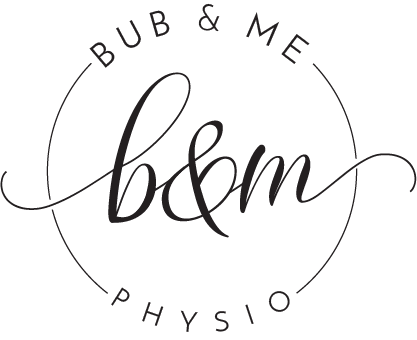Packing your hospital bag – for your pelvic floor
There are plenty of lists out there for what to pack in your hospital bag. And this can be a hard thing to figure out if you haven’t been in labour before.
I packed a lot of stuff for my first labour that I just didn’t use. I packed music but wanted silence, I packed snacks but couldn’t eat, I packed essential oils but was not interested, I packed an oversized shirt to labour in but I was naked. The list goes on!
However, having those things ready to go gives you options, because you don’t really know what you will want until you are there. And none of those things were hard to arrange. Check out @Babycentre for a pretty comprehensive list.
Our list today is about your PELVIC FLOOR. During delivery your pelvic floor and perineum will be stretched and weakened. If your baby is born via Caesarean, but you laboured first, then this may be the case for you as well.
To learn it all about your pelvic floor, watch the video with our Women’s Health expert Natalie.
So read on for some game-changing tips of what to throw in your hospital bag to support the recovery of your amazing pelvic floor muscles!
1. A compression garment
Like the recovery shorts offered by @SRCHealth. You want to wear a garment that is soft yet compressive to support your abdominals, perineum and pelvic floor during the early weeks postpartum. These compression garments can really help recovery after both vaginal and Caesarean births and also help hold those ice packs in.
2. ICE ICE BABY!
For the first weeks after birth your perineum will be sore and possibly swollen postpartum. You want to use lots of ice packs to help reduce the inflammation and soothe your tissues. The hospital should have some ice packs to give you while you are there, and possibly even a couple to take with you when you leave, but have some padsicles or ice packs ready in the freezer for your return home. Put one in your undies (under your pad) for 20 minutes several times a day.
3. Stool softener and nutritious snacks
Your first poo after delivery can feel pretty scary. Drinks lots of water, try to eat a high fibre diet and take stool softeners if needed (the hospital will usually give you some). Use a footstool under your feet and let your belly stay soft to help your pelvic floor muscles relax. Use a wad of toilet paper to gently support the perineum/Vulva while passing a stool, as those tissues are vulnerable. We have a whole blog dedicated to this topic so take a read here.
4. A peri-bottle (squirt bottle).
Postpartum wees can sting, at least for the first day or two! You shouldn’t wipe while you are healing, so you can pat dry or spritz instead. A good peri-bottle like this one from @Kin.fertility is a must. Use warm water to clean the vulvar area after pees and poos or with pad changes. You can also spritz to clean your bottom if you have hemorrhoids and wiping is painful.
Having these items ready to go may change your early postpartum journey, and set you up to protect your pelvic floor muscles as you recover and rebuild.
And rebuilding safely is key. Our Strong Mama Postnatal Program, offered online so that everyone can access it, is the program that will aid and guide your postnatal recovery. Every step of the way.
As always, please get in touch if you have any questions!





